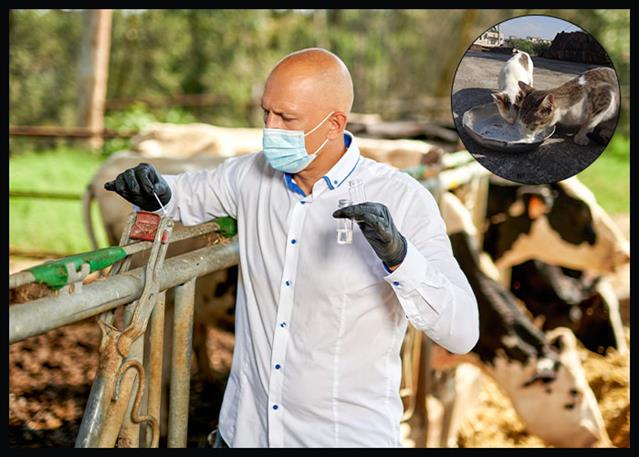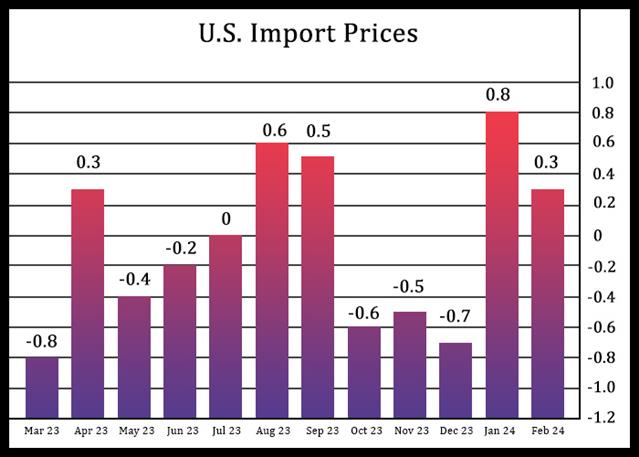
A new report titled “Highly Pathogenic Avian Influenza A(H5N1) Clade 2.3.4.4b Virus Infection in Domestic Dairy Cattle and Cats, United States, 2024” sheds light on the outbreak of bird flu that has been spreading through cows in the Texas region earlier this year.
The report, published in the Emerging Infectious Diseases journal, documents the early examination by veterinarians and academic laboratories into the illness, and its impact on cats who drank raw milk from infected cows.
According to the report, more than half of the cats around the first Texas dairy farm to test positive for bird flu this spring died after drinking raw milk from the infected cows. “The cats were found dead with no apparent signs of injury and were from a resident population of [approximately] 24 domestic cats that had been fed milk from sick cows,” the scientists wrote.
Tests on samples from the deceased cats’ brains and lungs indicated significant virus levels. Autopsies revealed microscopic lesions consistent with severe systemic virus infection, affecting the eye and brain. Past studies have associated deaths and neurological issues in domestic cats with H5N1 infections.
The scientists suspect that the ingestion of feed contaminated with feces from wild birds infected with the HPAI virus is the most likely initial source of infection in dairy farms. An earlier study from Thailand in 2006, published by the CDC journal, suspected a cat had contracted the virus from consuming an infected pigeon.
The recent infections led the CDC to issue new guidance this month for veterinarians treating suspected H5N1 cases in cats, advising enhanced precautions such as wearing respirators and goggles to prevent virus transmission.
The agency also advised that while it’s unlikely that people would become infected with bird flu viruses through contact with an infected wild, stray, feral, or domestic cat, it’s possible, especially if there is prolonged and unprotected exposure to the animal.
Copyright © 2024, RTTNews.com, Inc. All Rights Reserved.















